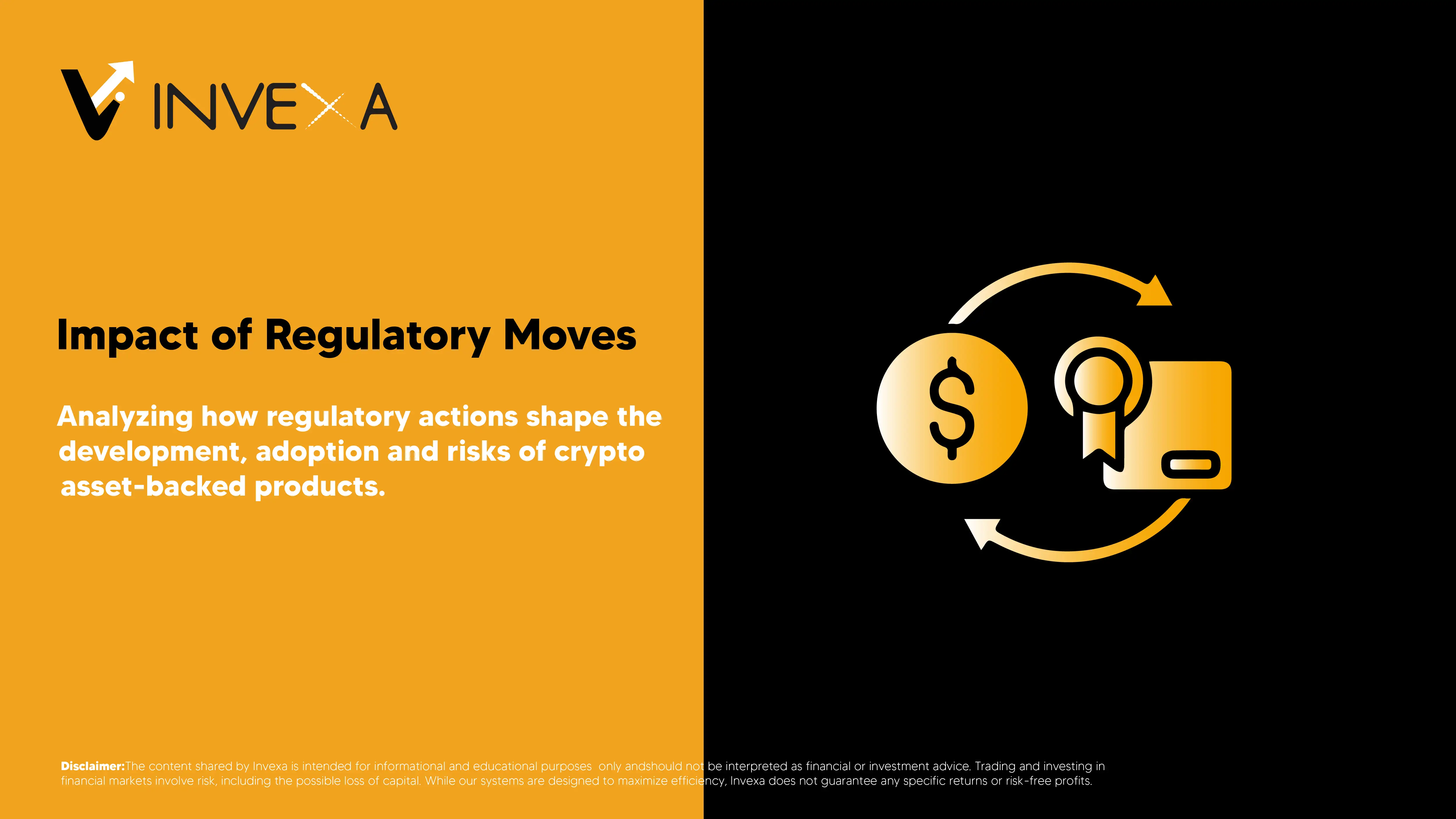
Explore how regulation impacts crypto ETFs stablecoins and tokenized assets. See how SEC MiCA and global rules shape risk transparency and adoption.

The growth of cryptocurrency markets Bitcoin ETFs Ethereum ETFs crypto index funds stablecoins and tokenized securities has forced regulators to step in. Governments the SEC the CFTC and European frameworks like MiCA regulation aim to balance investor protection market transparency and innovation. For investors these rules define how crypto trading platforms digital asset custody providers and blockchain exchanges operate.
Crypto asset backed products from Bitcoin futures ETFs to Ethereum ETPs and stablecoin backed lending platforms connect digital assets with traditional finance. Regulations require AML/KYC compliance proof of reserves and secure crypto custody solutions. These rules reduce risks of crypto fraud market manipulation and exchange hacks while encouraging adoption by hedge funds pension funds and family offices.
Clear frameworks bring credibility to crypto backed bonds digital securities and tokenized assets like real estate or commodities. They also enable the rise of regulated DeFi platforms stablecoin payment systems and digital asset ETFs. As regulators approve products such as spot Bitcoin ETFs or Ethereum futures ETFs mainstream investors gain easier access to blockchain based investments and crypto trading markets.
Not all regions move at the same pace. In the U.S the SEC vs CFTC jurisdiction debate continues while Europe moves ahead with MiCA compliance for crypto exchanges and digital wallets. Asia experiments with crypto taxation stablecoin frameworks and CBDC integration. This patchwork creates opportunities but also challenges especially around cross border regulation and risk management strategies.
Regulation can increase compliance costs limit smaller startups and slow down blockchain innovation. Strict requirements on DeFi protocols staking platforms or liquidity pools could restrict growth. Still oversight helps prevent crypto scams rug pulls and risky practices that damage market trust.
Despite hurdles regulation opens the door for innovation. Expect growth in tokenized bonds stablecoin adoption DeFi compliance solutions digital identity on blockchain and Web3 investing platforms. By combining financial regulation with crypto innovation the market could evolve into a hybrid system of traditional finance (TradFi) and decentralized finance (DeFi).
The impact of regulatory moves on crypto asset backed products is complex. Rules may temporarily slow innovation but they also create stronger foundations for crypto ETFs stablecoins digital securities and tokenized investments. For investors regulation doesn’t mean the end of crypto it signals the start of a more mature trustworthy and scalable digital asset market.